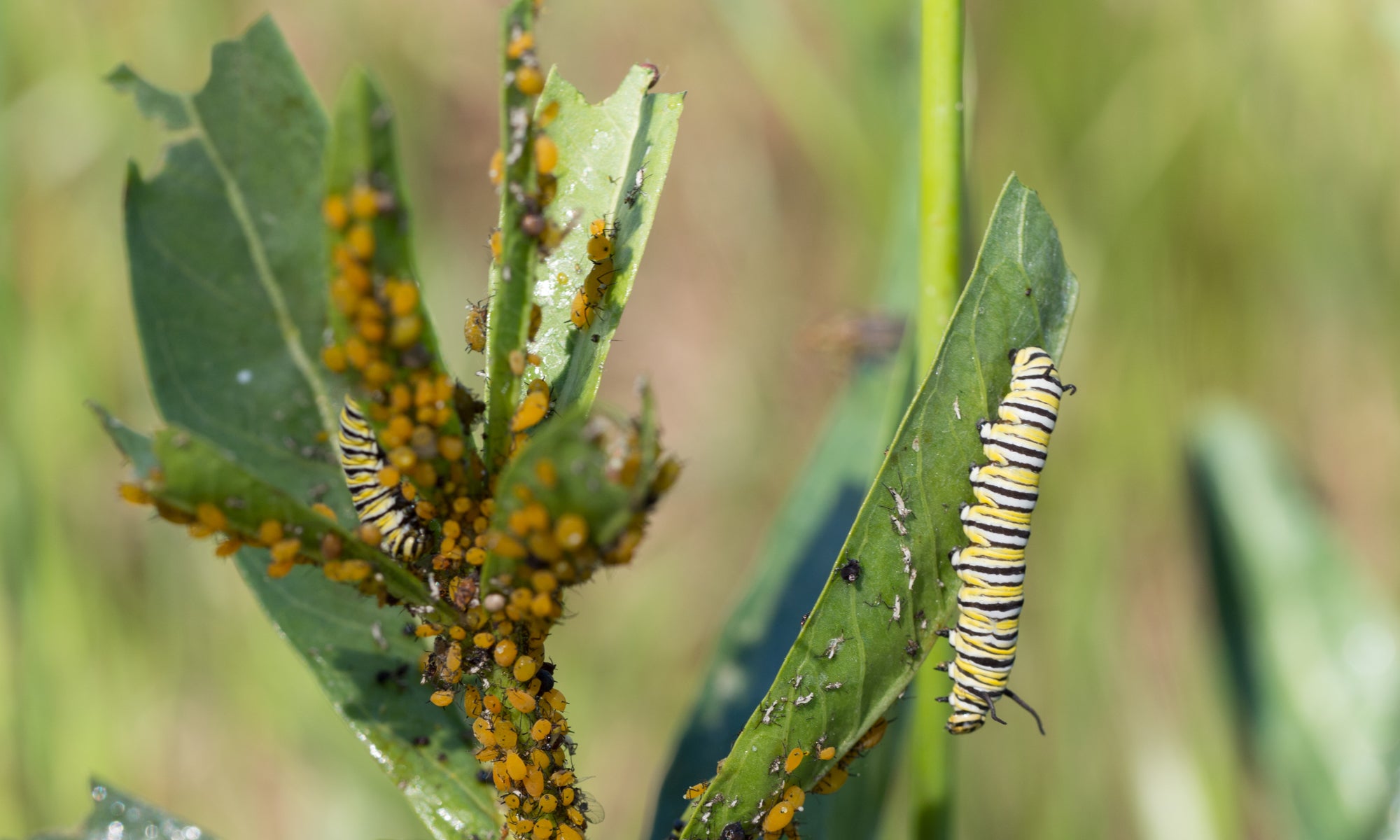Nick L. Rasmussen and Louie H. Yang
Abstract
Phenological shifts have the potential to change species interactions, but relatively few studies have used experimental manipulations to examine the effects of variation in timing of an interspecific interaction across a series of life-stages of a species. While previous experimental studies have examined the consequences of phenological timing in plant-herbivore interactions for both plants and their herbivores, less is known about their effects on subsequent plant reproduction. Here, we conducted an experiment to determine how shifts in the phenological timing of monarch (Danaus plexippus) larval herbivory affected milkweed (Asclepias fascicularis) host plant performance, including effects on growth and subsequent effects on flower and seed pod phenology and production. We found that variation in the timing of herbivory affected both plant growth and reproduction, with measurable effects several weeks to several months after herbivory ended. The timing of herbivory had qualitatively different effects on vegetative and reproductive biomass: early-season herbivory had the strongest effects on plant size, while late-season herbivory had the strongest effects on the production of viable seeds. These results show that phenological shifts in herbivory can have persistent and qualitatively different effects on different life stages across the season.
Ecology
https://doi.org/10.1002/ecy.3854

